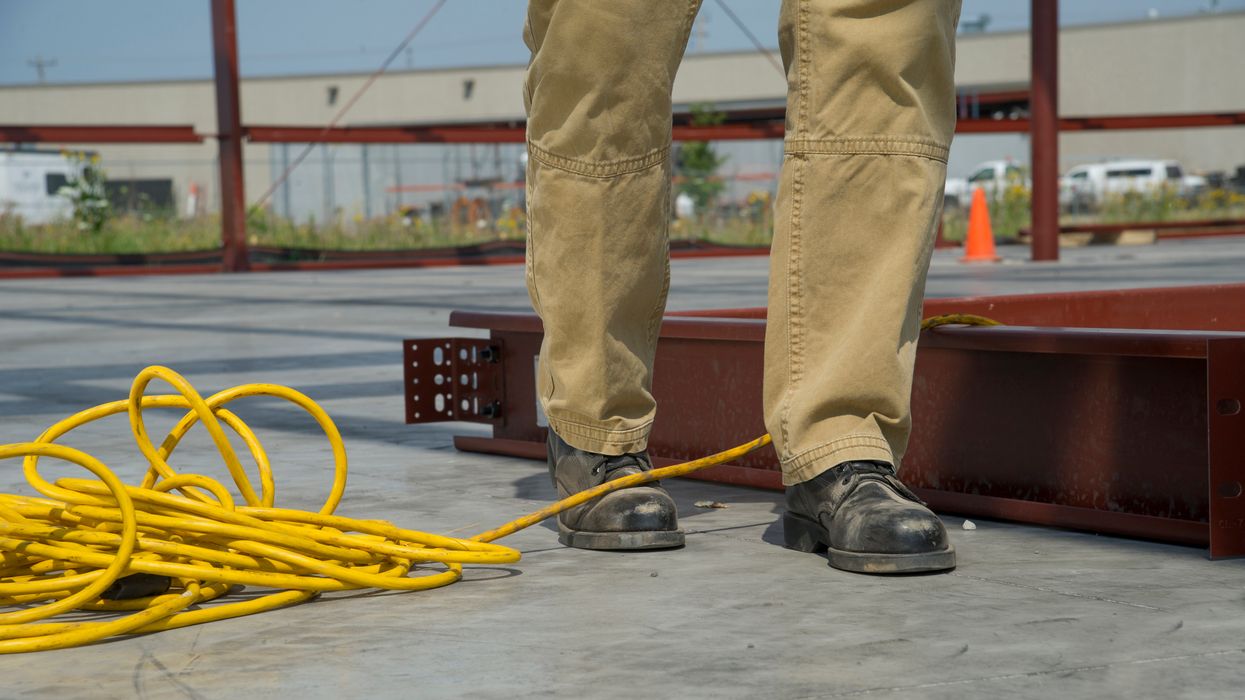Challenges with OSHA 300 Logs for multiple locations and remote workers
Understanding how OSHA defines an establishment and how to manage records for multiple establishments with different industry codes is critical to staying in compliance.
Employers covered by OSHA’s injury and illness recordkeeping regulations must maintain a 300 Log for each establishment, defined as a single physical location. OSHA provides two exemptions from keeping a 300 Log, one for company size and another for industry classification.
Applying exemptions
Employers with 10 or fewer employees do not need to maintain a 300 Log, but this exemption counts all employees at all locations. If an employer has three locations, each with four employees, it has more than 10 employees and the size exemption will not apply.
The other exemption is based on each establishment’s North American Industry Classification System (NAICS) code. Employers might have some establishments that must keep a 300 Log and others that do not, like a manufacturing facility that maintains a 300 Log and an administrative office that is exempt.
In some cases, an establishment’s activities fit under more than one NAICS code, like a manufacturing plant with a distribution warehouse. OSHA advises using the code that either generates the most revenue or has the most employees, whichever the employer deems most applicable. Employers should check their workers’ compensation coverage to see which code they use.
For more information, see our article Which NAICS code should you use for OSHA?
Traveling and remote workers
If an employee has a recordable incident while visiting another establishment, the employer must record the case on the 300 Log for the establishment where the incident occurred, even if the employee normally works elsewhere.
However, if an employee has a recordable incident and is not at an establishment (such as traveling), the employer must record the case on the 300 Log for the establishment where the employee normally works.
Remote workers must be linked to a fixed establishment, typically the location from which they are supervised or receive job assignments. Recordable incidents to remote workers must be recorded on the 300 Log of the establishment to which they are linked. Employers also count remote workers as employees of the linked location, even if they work in another state.
Annual summaries
On February 1, each establishment that maintains a 300 Log must post a 300A annual summary for the previous calendar year. This is required even if the location has 10 or fewer employees, and even if the establishment had zero recordable incidents. Employers cannot combine multiple establishments on a 300A (although short-term establishments can be combined).
If some employees split their work time between locations, employers may distribute their hours worked between locations. However, if someone spends only a small amount of time visiting various locations, the employer may count all hours worked at the primary or linked location. Usually, this would not significantly impact the total hours worked for an establishment.
For more information, see our article Completing the 300A: Tips for the mathematically challenged.
OSHA requires a posting a physical copy of the 300A in the workplace until April 30, but employers may also post the summary on a company intranet for remote workers. OSHA does not require sending the 300A to remote workers who never visit the site, although California does require that.
Key to remember: Employers with multiple locations should confirm that the NAICS code for each location is correct, verify that incidents to traveling or remote workers are properly recorded, and ensure that each covered establishment posts a 300A as required.




















































